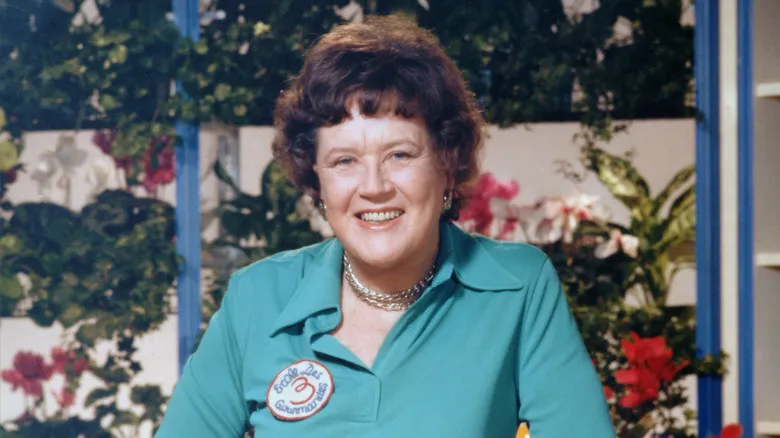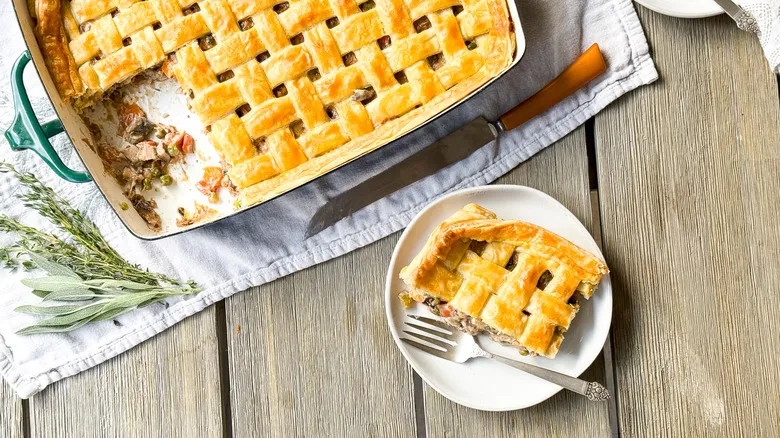How simmering your bacon in water benefits your quiche
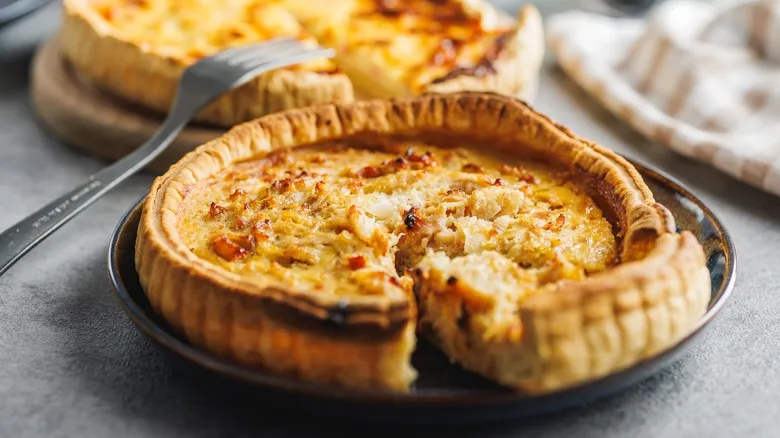
You might be curious about how placing your chopped bacon into simmering water contributes to a superior quiche Lorraine. After all, no one desires bacon that’s soggy. However, this pre-cooking method helps to render some of the fat from the pork, preventing it from becoming tough and brittle during cooking. It also helps to avoid an overly greasy texture, which could impact the creamy consistency of the quiche filling. While simmering the bacon will diminish some of its smokiness and saltiness, rest assured — Julia Child's quiche Lorraine remains a delightfully porky dish.
Fortunately, employing her effective technique is quite simple. When making your quiche, just add the chopped bacon to a pot of simmering (not boiling) water for about 10 minutes. Afterward, you can remove the lardons and pan-fry them. However, be sure to pat them dry with a paper towel first; otherwise, they won’t crisp up properly. It’s also important to pat the bacon dry again after achieving a nice browning and crispness to avoid overpowering the delicate savory custard filling.
While this may seem like a lot of effort for just one element of quiche Lorraine, bacon truly takes center stage in Child's more traditional recipe, which features only bacon and eggs, omitting additions like onions, shallots, and cheeses such as Gruyere and cheddar. Because of this, you might want to choose a high-quality brand like Hobbs, which Chef Thomas Keller regards as the best, in your pursuit of quiche Lorraine perfection.
Recommended

Use This Pro Trick To Save Limp Delivery Pizza
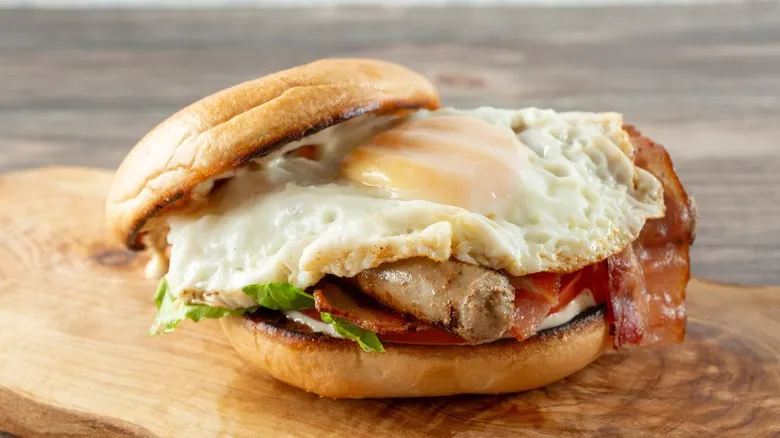
For A Better Sausage Breakfast Sandwich, Use A Classic Technique

Use Trader Joe's Seasonal Chocolate-Peppermint Baking Mix To Make Festive Hot Cocoa Cookies
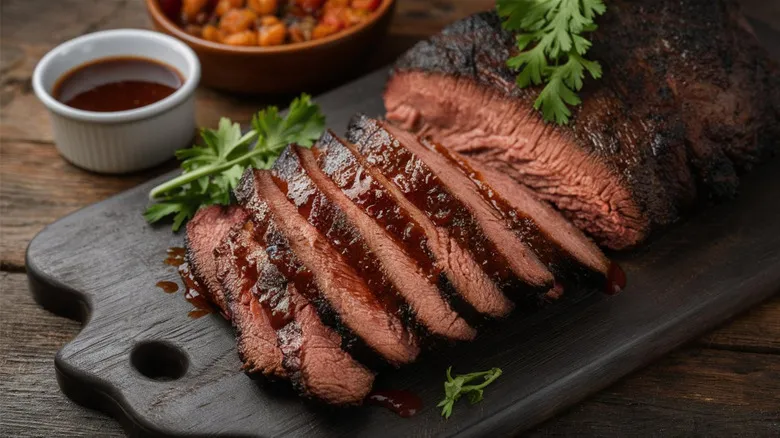
The Right Way To Reheat Brisket So It Doesn't Dry Out
Next up

